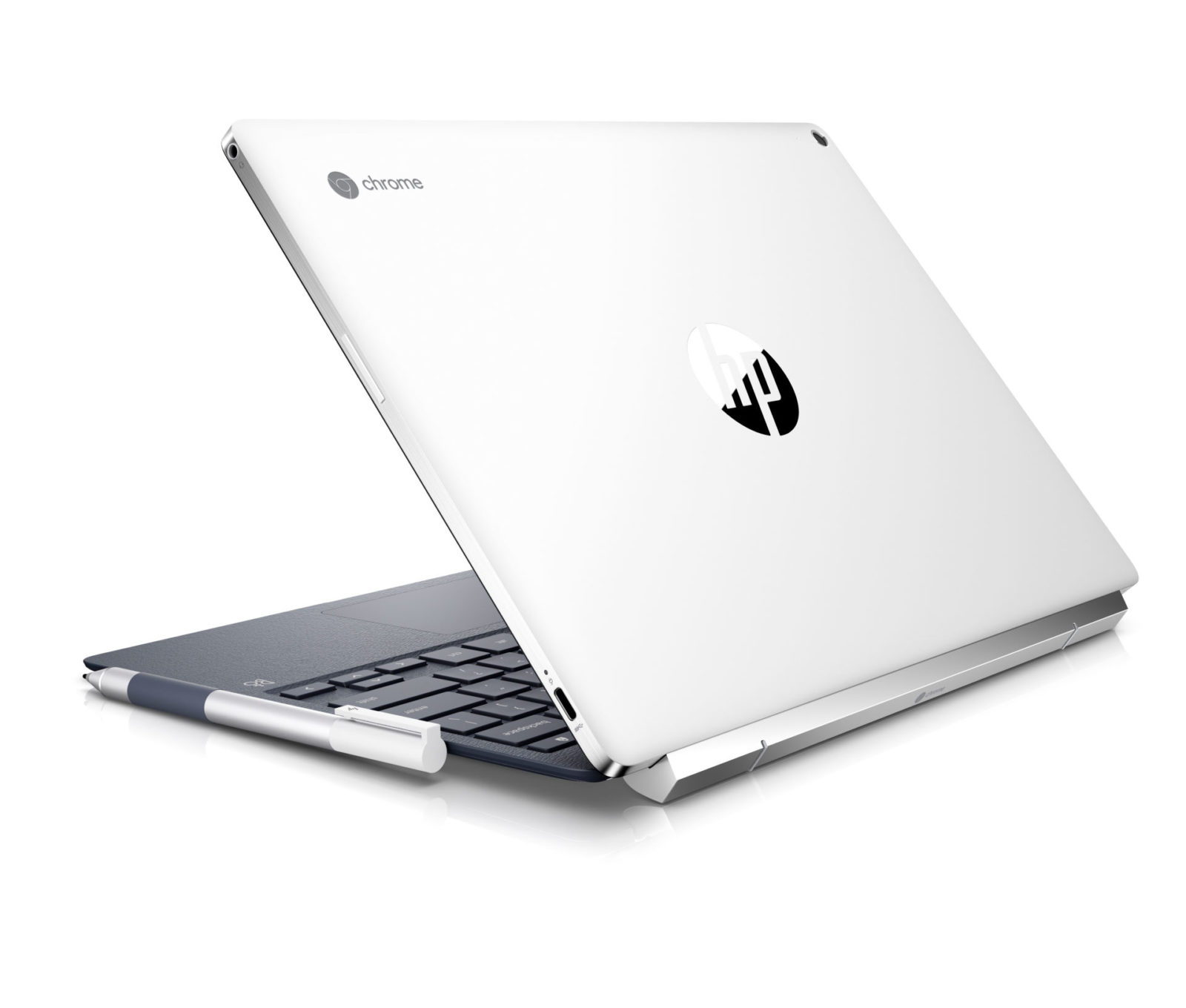Has the Chromebook grown into an Apple iPad Pro killer?

The Chromebook has officially outgrown its status as the entry-level gimmicky netbook we remember from its first inception, when the super-low price point was its most attractive feature, in a world of premium-sized laptops trying to cater to consumers on a budget.
As the Chromebook rose to popularity, it spread into markets where Apple iPad and MacBook Air were kings, especially schools and small businesses.
Access to free cloud-based office apps capable of carrying as many tasks as Microsoft Office, has also been an extremely attractive incentive that forced Microsoft to drop its subscription prices considerably for regular users, and team up with Apple, to provide integrated support for Apple Pencil and enhanced touch support on the iPad.
Eventually we knew the Chromebook would gradually evolve into a premium product, and the pivotal moment came as Chromebooks began to integrate touchscreens and a stylus, a clear sign of an emerging trend brought about by Microsoft Surface and the Apple iPad Pro: two wildly successful products in a category of its own, loosely and unofficially labeled as “detachables”, on a mission to kill the “single-use paradigm” that dominated the last tech decade.
Premium status comes with premium price, which isn’t surprising, considering the tech integrated in some of the latest models, such as the HP Chromebook x2, a Chrome OS powered convertible laptop that, just like Microsoft Surface Pro and Apple iPad, doubles as both laptop and tablet, with a 2400 x 1600 pixels, 236 ppi, ultra-bright Gorilla glass display. RAM options support from 4 to 8GB, and flash storage is set to 32GB, however the integrated microSD slot allows to expand storage by up to 256GB and further, should bigger sizes be available.
When including an Intel Core i7 processor, front and rear facing camera, as well as eery sensor expected to be common place in the latest mobile devices, this new breed of Chromebooks price tags are a far cry from the initially astonishing $200-$300 range, as the intro price for an X2 is expected to set you back $599.
The big question is: will these new Chromebooks be up to par with what’s already out there, for a few hundred dollars less? Chrome OS is still very much a cloud-based operating system, even if support for standalone apps has grown. If the evolution of iOS has shown anything over the years leading up to the iPad Pro, is that the simplicity of an OS that binds you to a single store is only as good as the size of its store, and the quality of its apps.
There are many great Chrome OS apps available, as well as browser-accessible versions of some popular suites, including MS Office, but the range of apps available to iOS and Windows 10 is hard to beat, especially when the price point for a Surface Pro or iPad Pro is only a few hundred dollars higher than the entry level version of the X2.
On the other hand, a case could be made around the fact that the HP Chromebook X2 comes with a keyboard and stylus, whereas these two items must be bought separately, and can be rather expensive considering the base price of the standalone device.
Ready to shop?
Shop for the ultimate deals in productivity at PortableOne where you’ll find the latest, powerful iPad Pro , as well as a complete range of accessories.